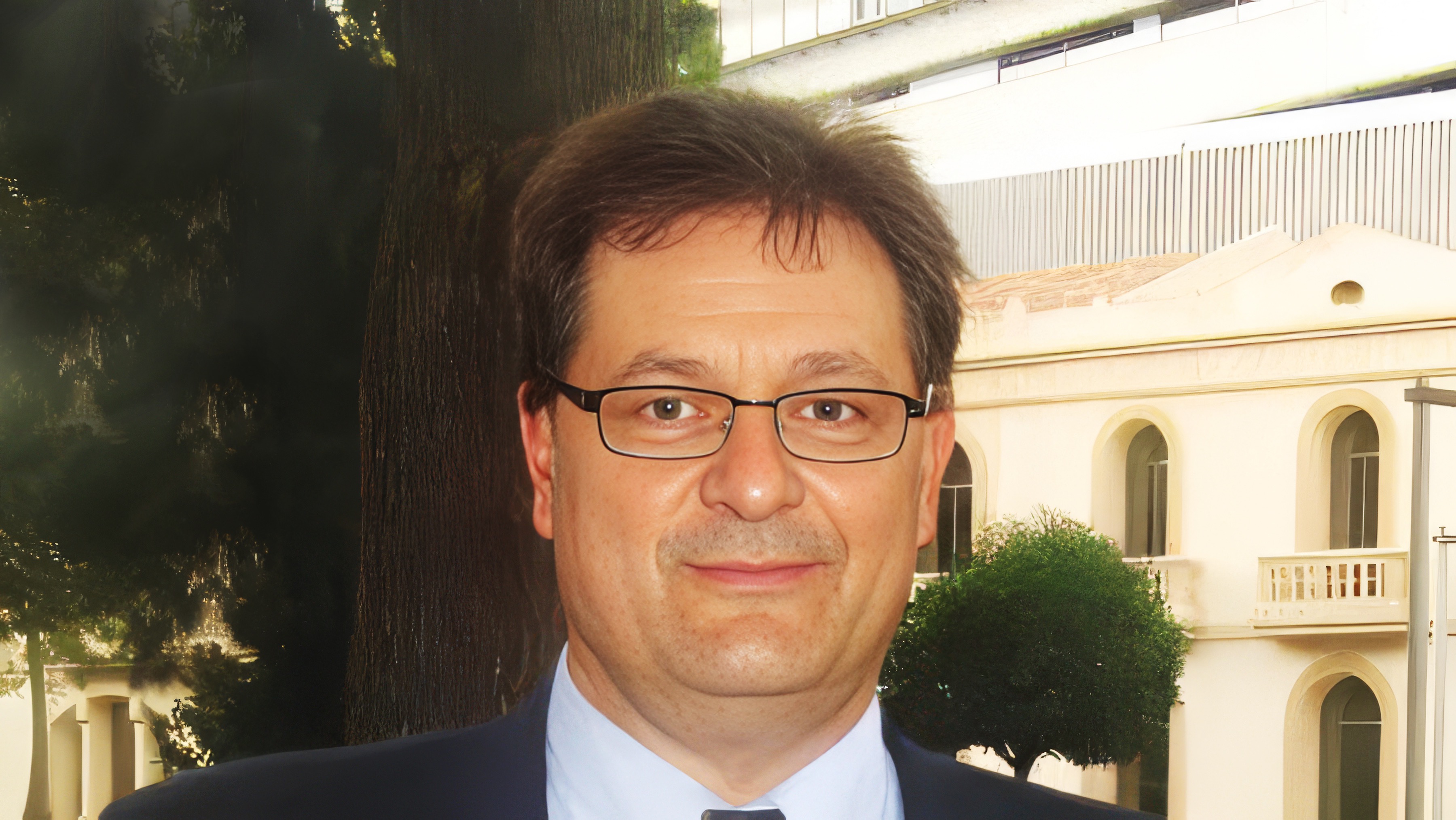Miguel Bronchud, Co-Founder and Advisory Board at Regenerative Medicine Solutions, shared a post on LinkedIn:
“Pancreatic cancers are associated with an often bad prognosis; but (perhaps surprisingly) pancreatic metastases from renal cell carcinoma can be linked to a more ‘indolent’ (yet not curable) clinical course?
Nirmish Singla, from the Departments of Urology and Oncology, The James Buchanan Brady Urological Institute, The Johns Hopkins University School of Medicine, Baltimore, MD has published an interesting review on the ‘seed and soil’ hypothesis of human cancers.
Dr Stephen Paget’s original seed-and-soil hypothesis for metastatic dissemination, postulated in 1889, relies on the concept that ‘successful tumor colonization of distant organs involves traits intrinsic to tumor cells, accessibility and permissive composition of the host organ microenvironment, and reciprocal interaction between the two’.
In general, and for yet unknown molecular mechanisms, different human cancer types have characteristic tendencies to metastasize to certain organs.
As an example of the molecular complexity of the metastatic process, Joan Massague (in origin a Barcelona trained pharmacologist, with several decades experience working on the subject in NY, first at Memorial and recently at WCornell University) has recently published that Epithelial-to-mesenchymal transitions (EMTs) and extracellular matrix (ECM) remodeling are distinct yet important processes during carcinoma invasion and metastasis.
Transforming growth factor β (TGF-β) and RAS, signaling through SMAD and RAS-responsive element-binding protein 1 (RREB1), jointly trigger expression of EMT and fibrogenic factors as two discrete arms of a common transcriptional response in carcinoma cells.
In their experimental model, they demonstrate that both arms come together to form a program for lung adenocarcinoma metastasis and identify chromatin determinants tying the expression of the constituent genes to TGF-β and RAS inputs.
RREB1 localizes to H4K16acK20ac marks in histone H2A.Z-loaded nucleosomes at enhancers in the fibrogenic genes interleukin-11 (IL11), platelet-derived growth factor-B (PDGFB), and hyaluronan synthase 2 (HAS2), as well as the EMT transcription factor SNAI1, priming these enhancers for activation by a SMAD4-INO80 nucleosome remodeling complex in response to TGF-β.
These regulatory properties segregate the fibrogenic EMT program from RAS-independent TGF-β gene responses .
Renal cell carcinoma (RCC) serves as an interesting model to study metastatic organotropism by virtue of its unique, albeit unexplained, capacity to metastasize to nearly any site in the body. RCC exhibits remarkable clinical and molecular heterogeneity
Patients with RCC metastatic to the pancreas enigmatically exhibit an often non aggressive clinical course.”
More posts featuring Miguel Bronchud.
